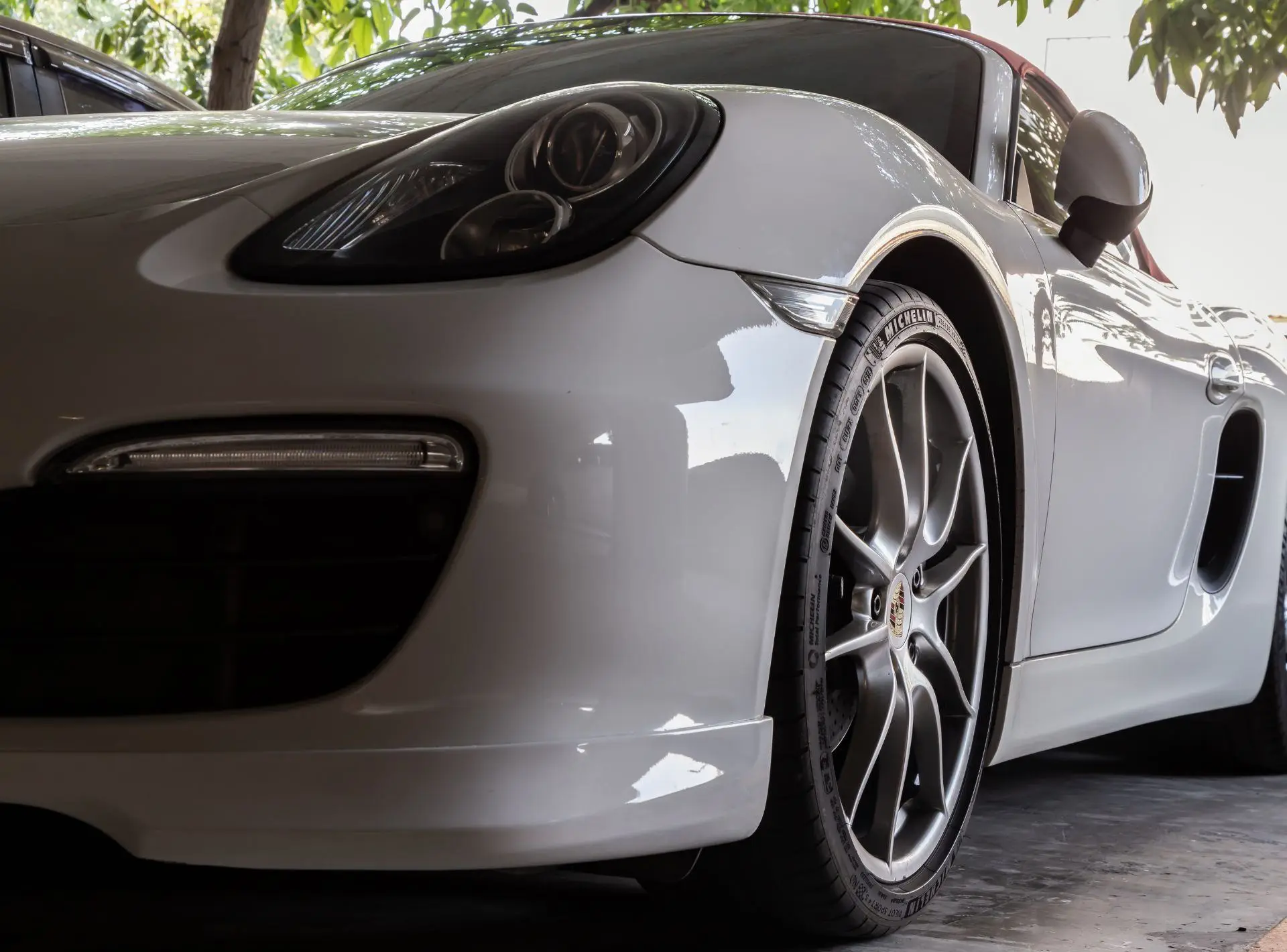Ceramic coating has gained popularity as an effective way to protect and enhance the appearance of vehicles. However, there is often confusion about whether ceramic coatings can be cured appropriately in cold weather.
In this comprehensive guide from the experts at Compass Auto Detail in Virginia, we will address this concern and provide insights to help you make an informed decision about getting a ceramic coating in cold weather.
What Is The Best Weather To Get Ceramic Coating?
To cure properly, ceramic coatings often require precise environmental conditions. Temperatures between 50°F (10°C) to 80°F (27°C) with low humidity levels are optimal for ceramic coating application and cure. These conditions promote the greatest bonding and drying of the ceramic coating, resulting in the best outcomes.
The ceramic coating can bond strongly with the paint surface at moderate temperatures, forming a protective layer resistant to environmental pollutants, UV radiation, and chemical degradation. Furthermore, the moderate temperature range allows the coating to cure and harden properly, assuring its life and durability.
Read more: How Many Layers of Ceramic Coating Does Your Car Need?

Can Ceramic Coatings Cure In Cold Weather?
Ceramic coatings can cure at cold temperatures, but check the product’s temperature requirements. For proper bonding and solidification, most ceramic coatings need 40°F (4°C). Below this temperature, the curing process may be impeded, reducing coating durability and performance.
At lower temperatures, ceramic coating curing slows substantially. The cooler air hinders chemical reactions needed for the coating to dry and bond to the paint. Thus, the protective layer weakens and may not last long.
Cold weather extends ceramic coating cure time. Chemical reactions needed for curing slow down in cooler temperatures. Applying a ceramic coating in cold weather requires patience. Give the coating time to cure for best performance and durability.
Getting a ceramic coating in cold weather requires temperature management. The application area must be controlled and warm enough for the coating to cure. This may require heaters or a temperature-controlled indoor facility. Maintaining the minimal curing temperature improves results.
When getting a ceramic coating in cold weather, expert application is recommended. Experienced personnel know cold-weather application requirements and approaches. They can prepare for cooler conditions and adapt to the application process.
In conclusion, ceramic coatings can cure cold weather, but product temperature requirements and restrictions must be considered. Colder temperatures decrease curing, which can reduce coating durability and performance. Ceramic coating requires patience, temperature control, and competent application in cold weather. These tips might help you benefit from a ceramic coating on your car even in cold weather.
Is There Anything To Consider When Getting A Ceramic Coating In Cold Weather?
There are a few crucial considerations to consider if you decide to get a ceramic coating in cold weather:
Temperature Control
The application area must have a controlled climate with enough warmth for the coating to cure correctly. This may entail working with heaters or in a temperature-controlled indoor environment. Maintaining the prescribed minimum curing temperature increases the likelihood of obtaining good outcomes.
Curing Time Increased
Cold temperatures can significantly increase the curing time of the ceramic coating. The chemical reactions required for the coating to cure completely take longer in cooler temperatures. Allowing the coating enough time to cure will ensure excellent performance and longevity. Following the manufacturer’s recommendations for curing time is critical, considering that it may take longer in cooler conditions.
Professional Application
In cold weather, it is even more important to have the ceramic coating applied by experienced professionals who understand the unique requirements and techniques for cold-season applications. They may take the required precautions and ensure that the coating is adequately applied for the greatest outcomes. Professional applicators can alter the application procedure and techniques to accommodate the problems given by cooler temperatures.
Following the application of the ceramic coating, it is critical to follow the appropriate post-application care instructions, especially in cold weather. This may involve avoiding severe temperatures, not washing the car for a set time, and utilizing suggested maintenance items. Regardless of the weather, proper care and maintenance will contribute to the longevity and efficacy of the ceramic coating.

Where To Get Expert Ceramic Coatings In Virginia
For expert ceramic coating services in Virginia, trust Compass Auto Detail. Our skilled technicians specialize in applying high-quality ceramic coatings that provide exceptional protection and enhance your vehicle’s appearance. We understand the unique challenges of cold weather and have the expertise to ensure optimal results.
Conveniently located at 6000 Incubator Rd, Hampton, VA, we offer professional services at your doorstep. Our team has the knowledge, experience, and state-of-the-art equipment to handle ceramic coating applications in various weather conditions. We prioritize customer satisfaction and take pride in delivering top-notch results.
Schedule an appointment by calling us at (757) 968-6102, and let Compass Auto Detail provide your vehicle with the ultimate care it deserves. Our experts will assess your specific needs, address any concerns related to cold weather applications, and guide you through the process to ensure the best outcomes.


